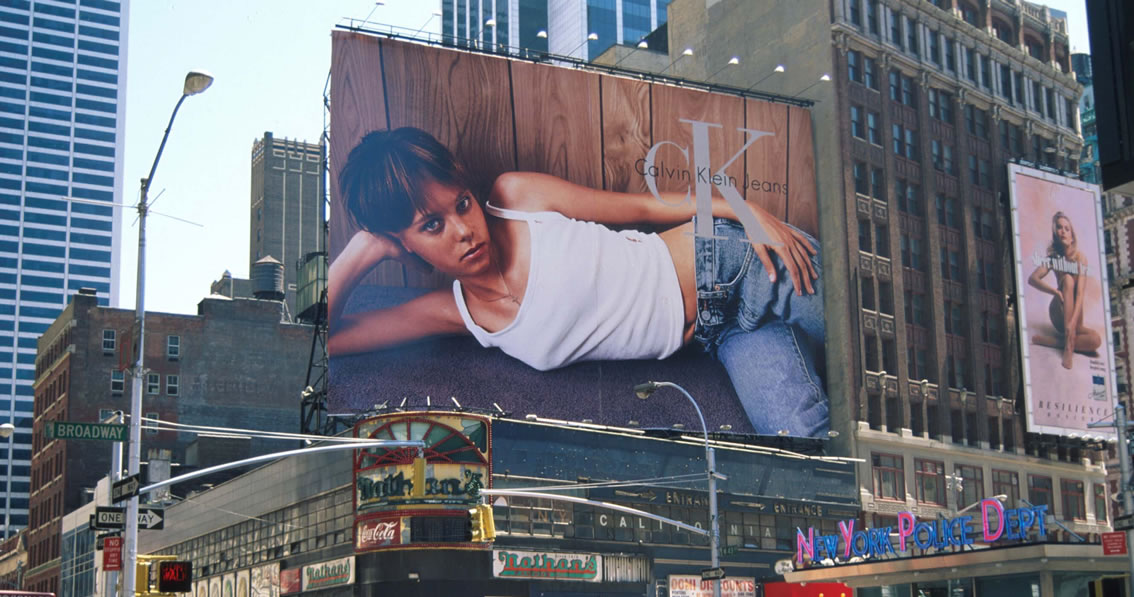Called denim or jeans interchangeably in common jargon, it has never disappeared from the fashion sphere since its creation. Iconic of an era and revisited every season, jeans have always been a wardrobe essential, spanning centuries.
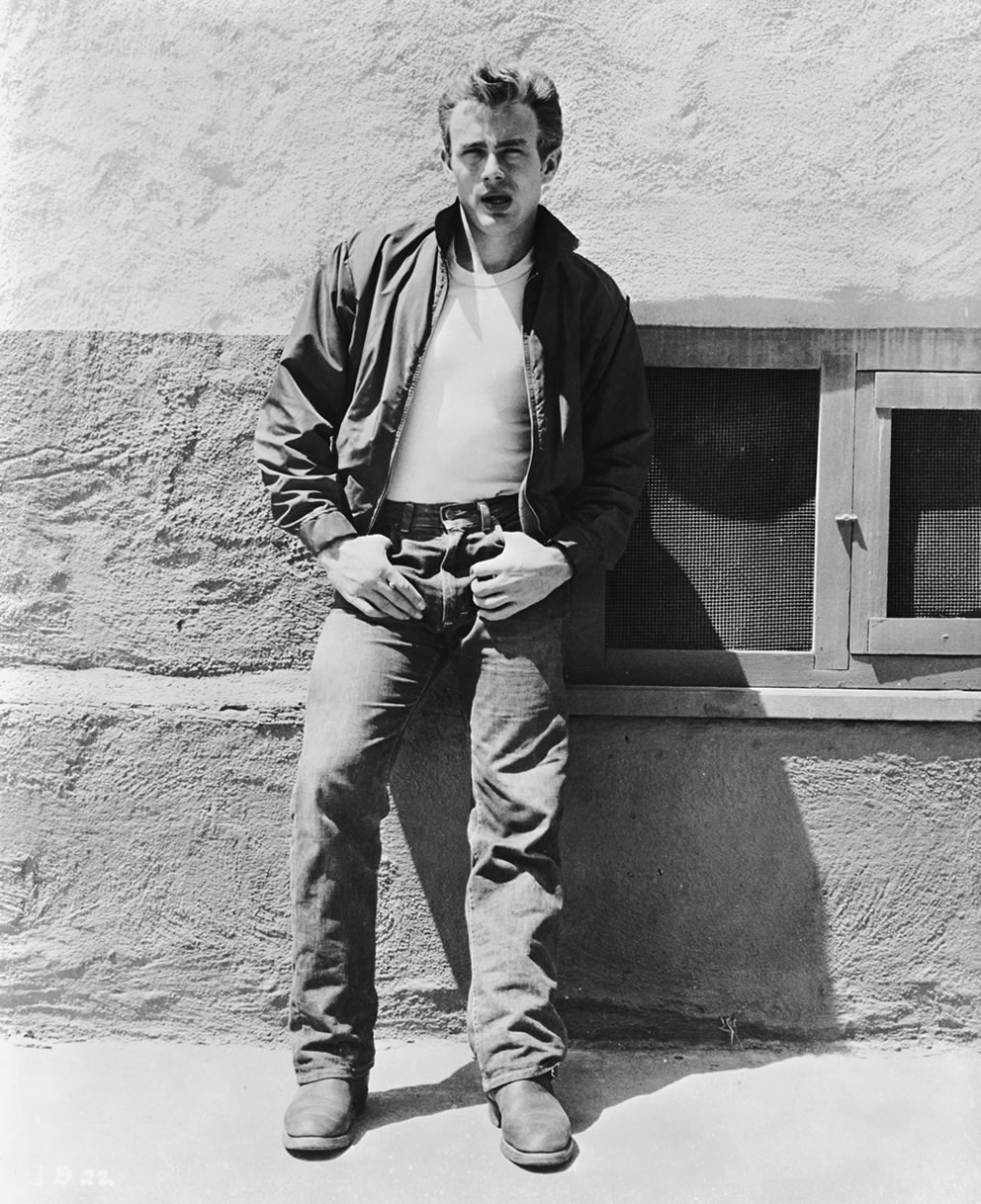
1955
Over the past two centuries, jeans have managed to conquer and have been adopted by workers, Hollywood stars, rebels, rock stars, and even the biggest names in haute couture.
Its history is unique and tells stories of immigration, class struggle, and social movements.
Immersion in the history of denim
The first traditional jeans, similar to our current models, were patented in 1873 by Jacob Davis and Levi Strauss. At the time, they were used as workwear: practical, sturdy, and reinforced with the famous rivets. They later evolved with the introduction of belt loops in 1922. Then, in 1954, zippers began to replace button fly closures.
So, jean or denim?
Should we say denim or jeans? It is still uncertain where these two words come from etymologically. It is assumed that the term denim comes from “De Nîmes,” referring to a mill producing twill since the 16th century, although the fabric produced at that time was quite different from what we have today. As for “jeans,” it is thought to come from a linguistic deformation. This very specific twill fabric was especially made in Genoa, Italy, and imported to England. The similarity between Genoa and jeans can be understood.
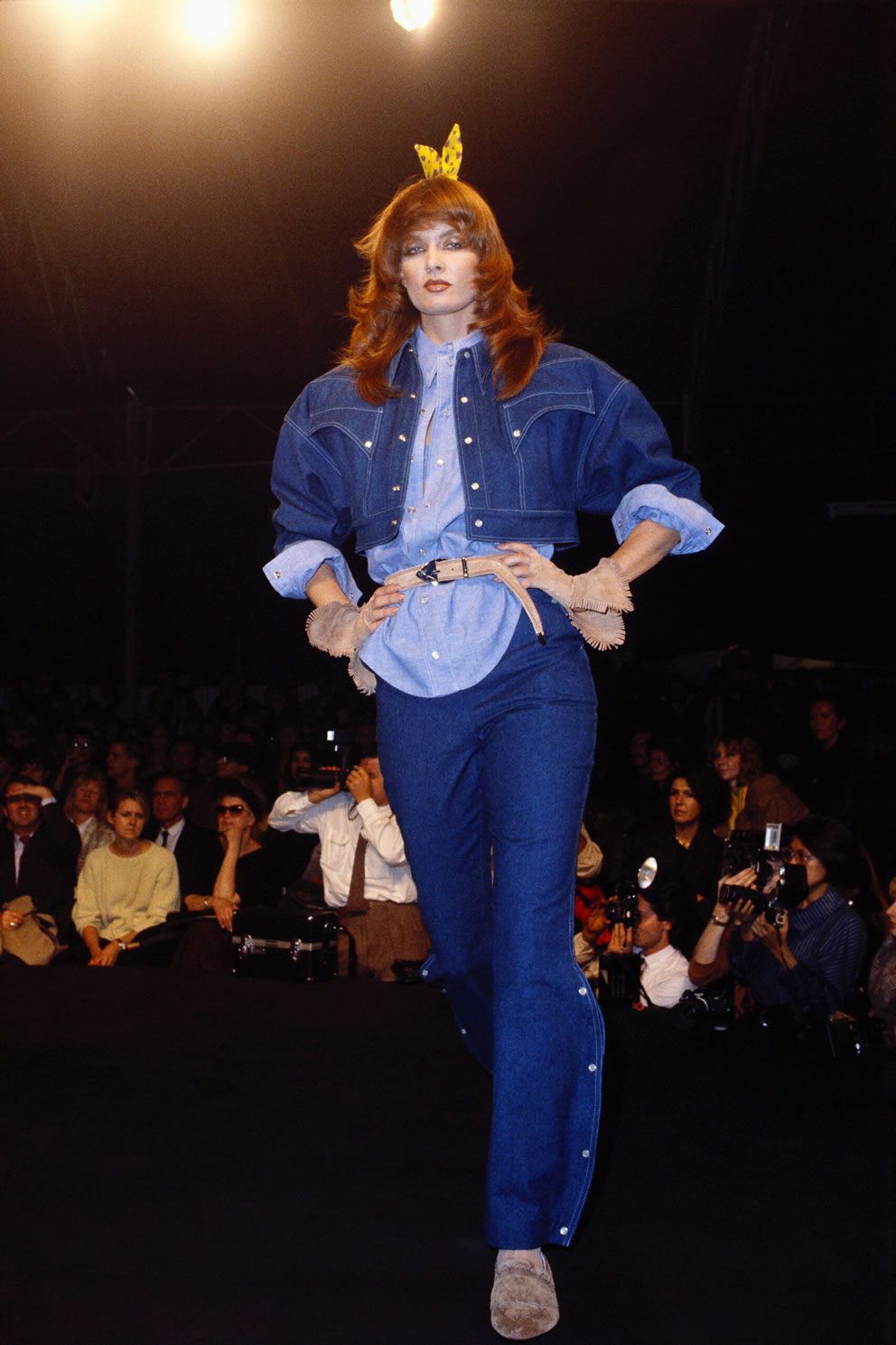
1985
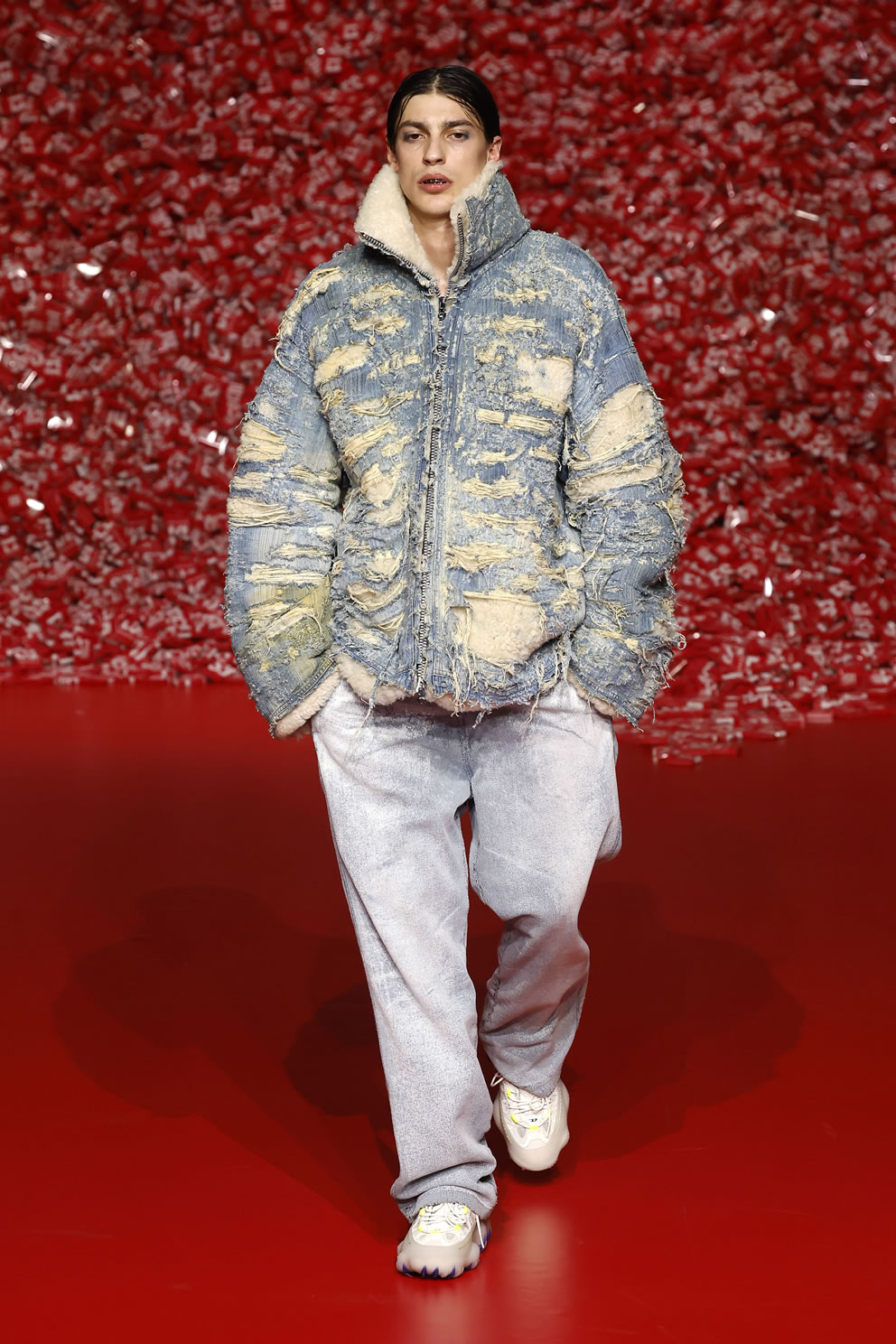
2023
First step into fashion
In the early 1920s, blue jeans were first worn on screen by cowboys in Hollywood movies. Jeans became glamorous on stars like John Wayne, Gary Cooper, and iconic actresses such as Ginger Rogers and Carole Lombard, breaking down gender norms.
Then, in the 1950s, jeans became rebellious, worn by Marlon Brando and James Dean, and cool among rock stars. In the 1960s, they were embraced by hippies, and in the 1970s, they represented the working class and social struggles. Jeans have become a powerful symbol of cultural and social change throughout the decades.
By the late 1970s, high fashion began to take an interest in denim. Calvin Klein was the first to showcase jeans on the runways in 1976, followed by other brands such as Guess, Dolce & Gabbana, Dior, Diesel, and many more.
Today, denim is ubiquitous, found everywhere from the runways of high fashion houses to vintage Levi’s in thrift stores. Jeans come in all styles, from flared to skinny, high-waisted to low-rise, and in a variety of washes, including light, dark, and colored.
Zoom on the Canadian Tuxedo
The “Canadian tuxedo,” literally a Canadian tuxedo, is an invention that originated in the United States. However, it represents one of the quintessential symbols of America. The story goes that in 1951, a luxurious hotel in Vancouver denied entry to crooner Bing Crosby simply because he was dressed in head-to-toe denim! Upon hearing the news, Crosby’s friends contacted Levi Strauss, who promptly created a true denim tuxedo. Inside, an enigmatic message was printed: “Message to Hotel Staff.” The Canadian tuxedo then became a signature look of America.
We cannot forget, for example, Britney Spears and Justin Timberlake’s total denim look at the 2001 Video Music Awards. At the time, the outfit was seen as exaggerated. But time has done its work and since then, the look has become truly iconic and timeless even today.

2001
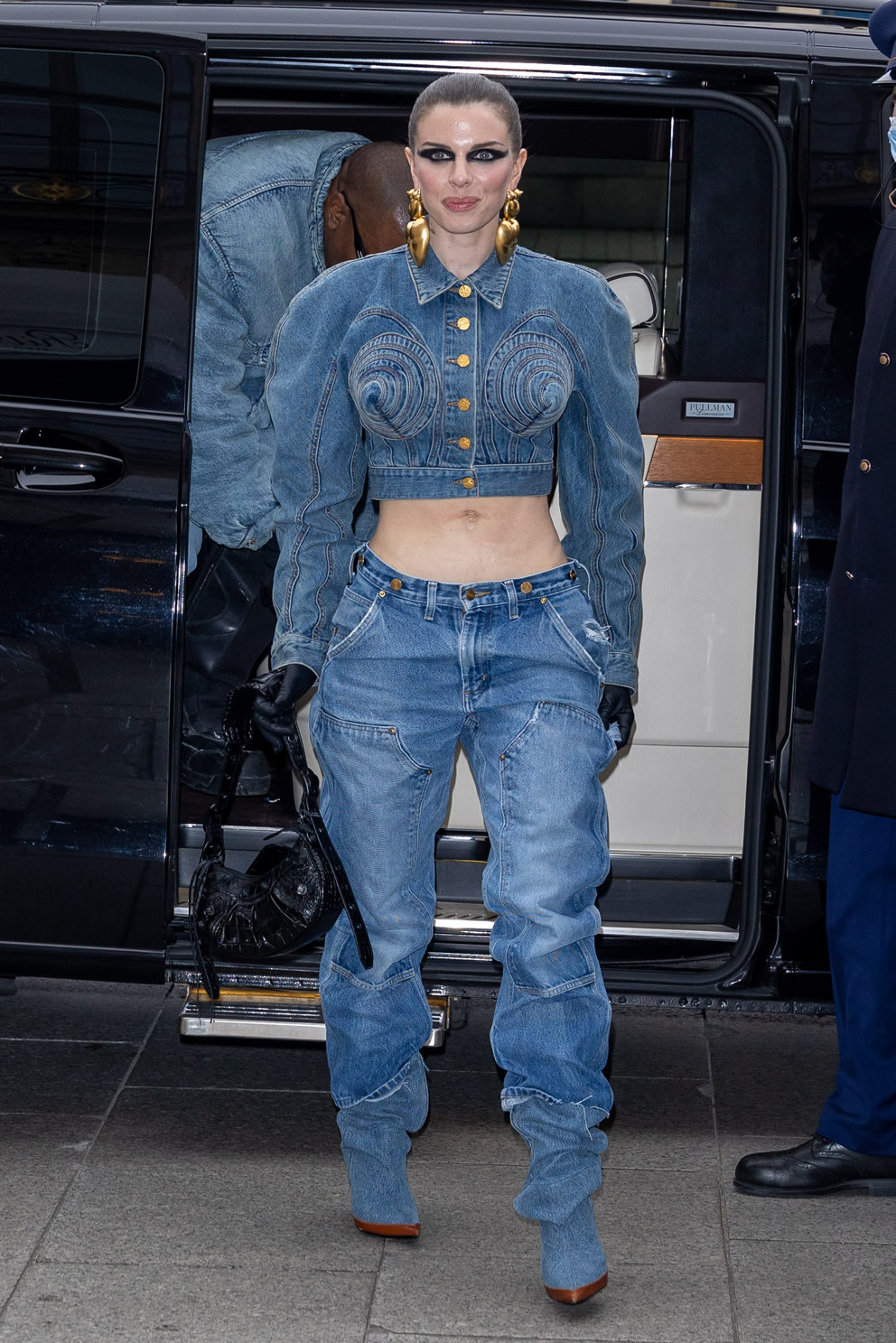
2022
The Girbaud jeans
Precursors of the now famous stonewash, an industrialized wash process by the brand in the 1970s, Marithé and François Girbaud are an obvious reference in the denim saga and the assertion of its style. Designers, technicians, stylists, the couple democratized jeans in Europe and in France by making them more adapted in terms of cut, style, materials, and colors.
Known and recognized for their great technical skill, they also shake up fashion with their eccentricity and provocation, without ever taking themselves too seriously.
The duo created a cult denim brand. Denim emerged at the beginning of streetwear that rappers were snatching up in the 80s and 90s, like Tupac Shakur or Kris Kross on the cover of Jump.

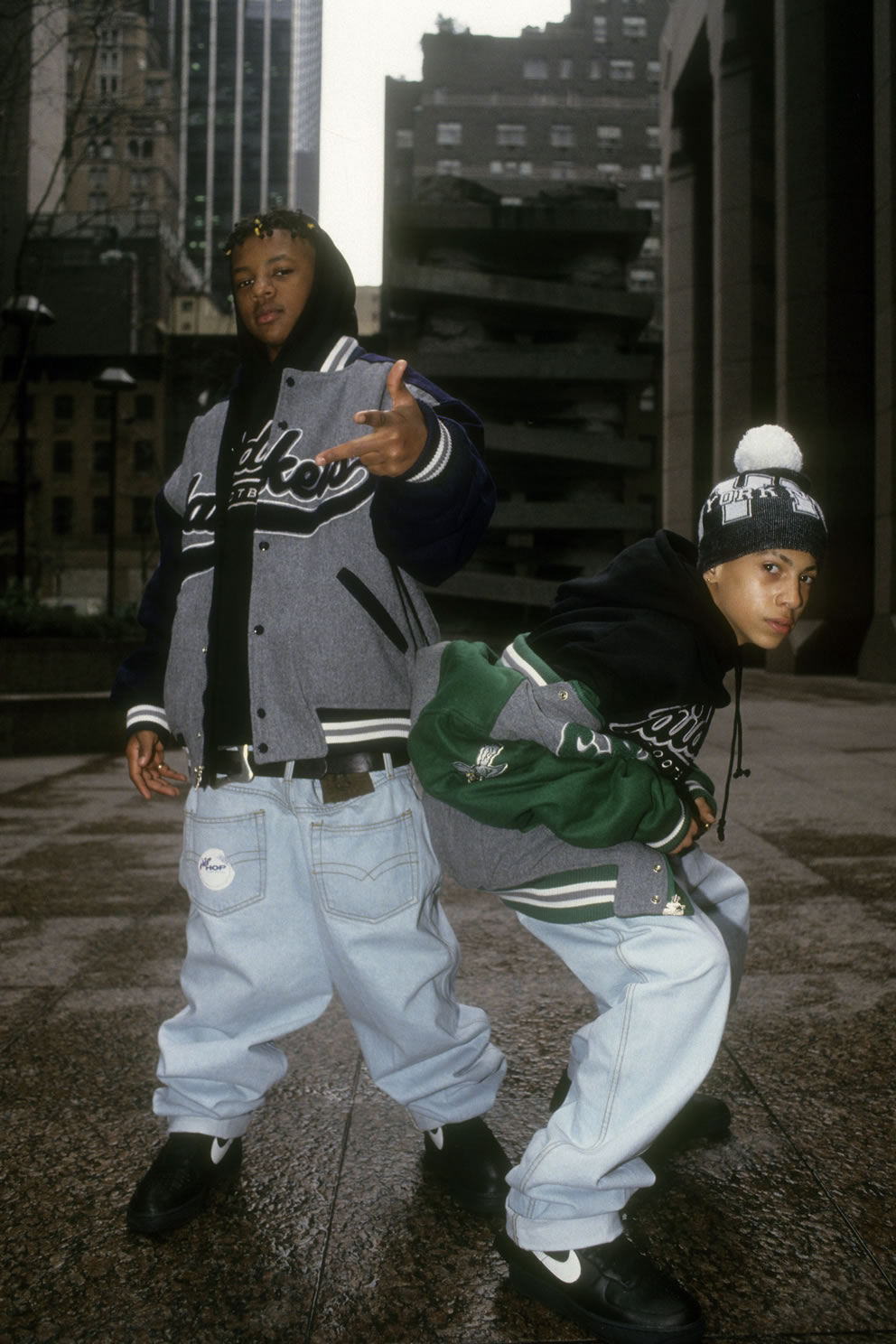
1992
Towards a greener jean?
The jean is as timeless as it is timeless. However, to be in line with its time, it must find sustainable alternatives. So, is the future heading towards green denim?
Already highlighted by Marithé and François Girbaud in 1980, textile production remains one of the most polluting industries in the world today. Therefore, new ways of producing jeans while saving natural resources such as water must be found.
Indeed, many brands are working on and strengthening their transition towards a more sustainable and ecological production. They produce less and recycle more, use cleaner and more sustainable raw materials, or innovative and less polluting techniques such as laser washing. But there is still a long way to go for denim to become a flagship product of eco-responsibility. So let’s keep moving forward!
«I have only one regret, that of not having invented the jean.»

